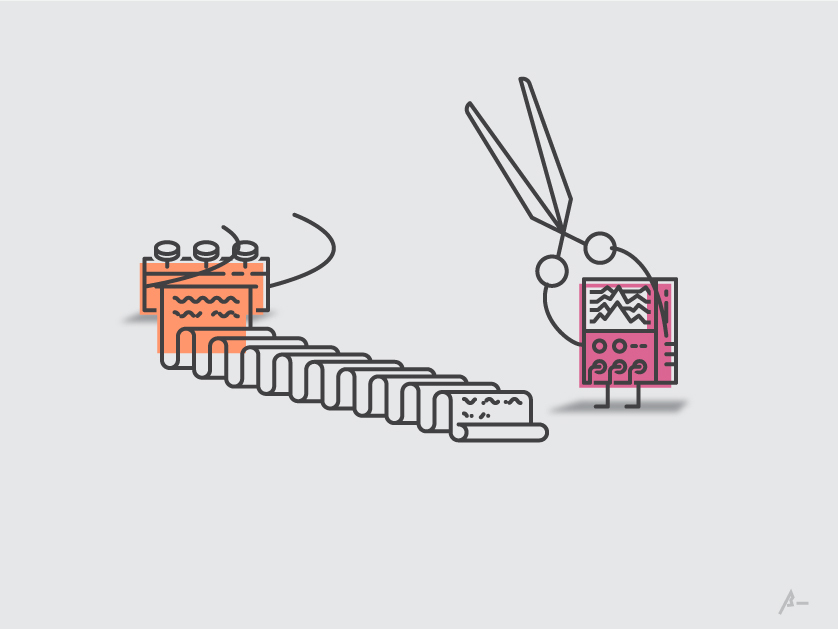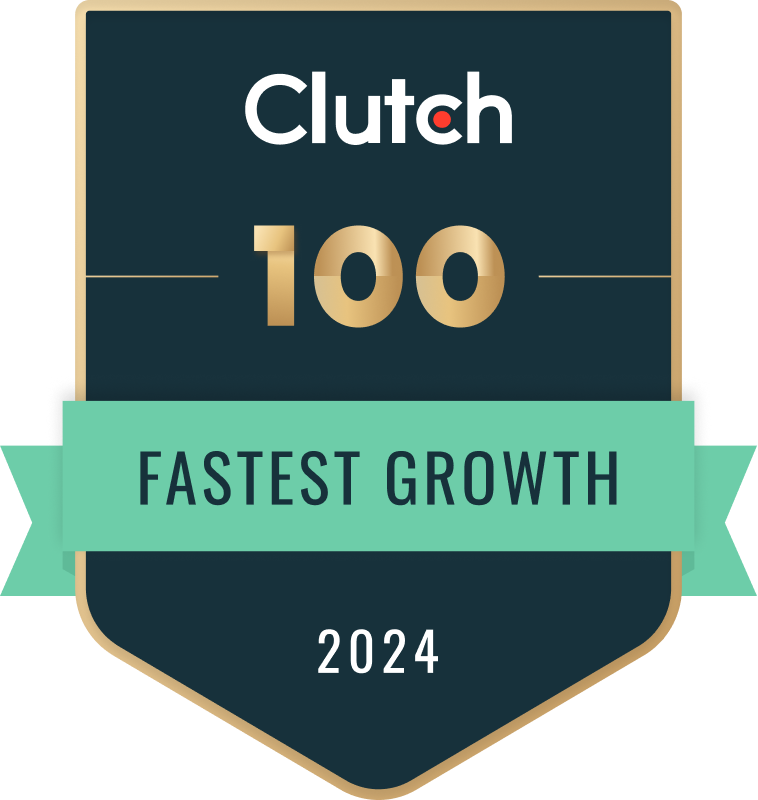As you venture into a new project and begin the process of searching for the right fit development partner, your first few decisions might seem intimidating since they impact your project’s outcome. But if you come prepared with all your project requirements, it will be easier for you to find a good development partner and greatly increase the chances that your project will succeed. So, here are our suggested best practices to help you prepare to procure a great development partner.
Limit The Scope
When you first begin contacting potential partners, the first thing they’ll likely ask for is a description of the project. Detail your ideas ahead of time of the work that needs to be done to make it easier for your partner to give a more accurate estimate. If you can, go into some detail about the business model, revenue streams and clearly define the problems the digital product will solve. It will also make it easier to work with you on identifying any potential gaps in thinking that you may have overlooked. Additionally, sometimes knowing what the project isn’t can be very helpful in framing the boundaries in the scope you’re defining. So if you know that there are things you don’t want the project to do, make that clear either in discussion or in your documentation.
You don’t have to define every single item that will need to be built for this project. If you do, it won’t be a wasted effort because it can help paint a picture of the project’s entirety. However, it’s critical to narrow your focus to only what must be done for phase 1 and what features can be pushed to future phases. Limiting the scope makes it easier for the partner to estimate accurately and make reasonable assumptions about the overall project. The documentation shared with the partner should be an outline of all the major features you want in the product, along with anything that makes these features unique or unusual. It’s helpful to have the features grouped by “must-have” or “like to have” and then prioritized with the most essential features at the top.
Define The Type of Project
Your potential partner needs you to specify whether what they’ll be working on is a standalone technology or if it will be attached to any other products or projects that already exist. Will they be building your product from scratch, or will there be an existing codebase that only needs to be improved. And they also need to know if there’s any 3rd party platform that will be integrated into your project.
You will have to pin down and specify the purpose of the project, who it’s for, what’s your ideal way of accomplishing it, and what’s the end goal of the product or project. You should be able to identify if what you’re trying to build and achieve is a prototype that serves for demonstration purposes, an MVP (Minimum Viable Product) that gives you access to feedback from early customers, or a full release product that is going to be consumed and purchased by the general public.
Share Institutional Knowledge
Hiring a development partner with great experience in your industry is a great way to make sure they understand what you’re building and why. But this experience doesn’t negate the fact that you are still the industry expert. So, it is your job to relay to your partner the functions, terminologies, and concepts they’ll be working with on your project, especially if there is something unique.
When you share your institutional knowledge, your partner becomes properly oriented and educated. Your project will have a high productivity rate and progress since your partner won’t be wasting time on mistakes caused by the lack of information.
Prepare to be Qualified
As a Tech Development Partner, we have a setlist of qualification questions we generally ask during discovery meetings to understand potential clients better. You should anticipate questions like the ones below and be prepared with answers.
- What is the problem you are trying to solve? What are the pain points?
- Why is now the time to build/fix the digital product?
- Has there been a change in the business model? Leadership? Priorities?
- Is there a Deadline?
- Have you tried to build/fix the digital product already?
- What worked or didn’t work?
- Do you have a budget set aside to fix the problem?
To Wrap It All Up
Preparing your project requirements will help you identify which development partner could best work with you. If you can present mockups, flow charts, or prototypes of your own, that would help jumpstart your project in the right direction. In any case, even if you only have a vague idea or concept in mind, that’s okay. Your potential partner should guide you and walk you through the process. But if you want to be hands-on, then start working on your project requirements and get ready for the ride.





